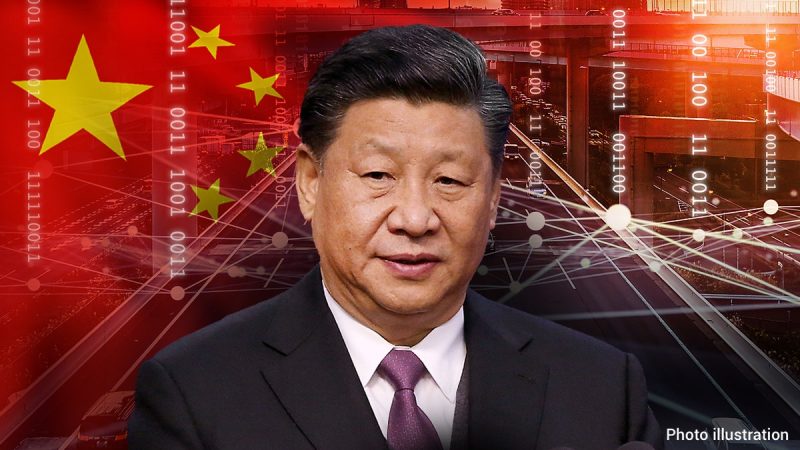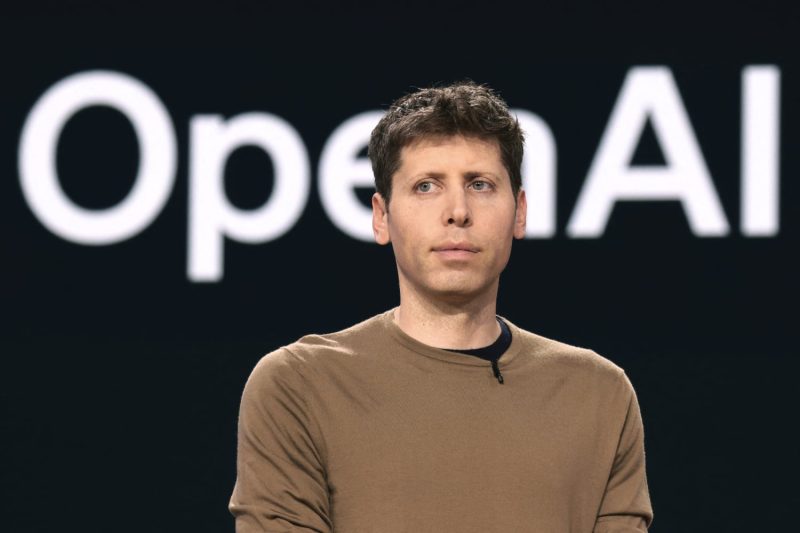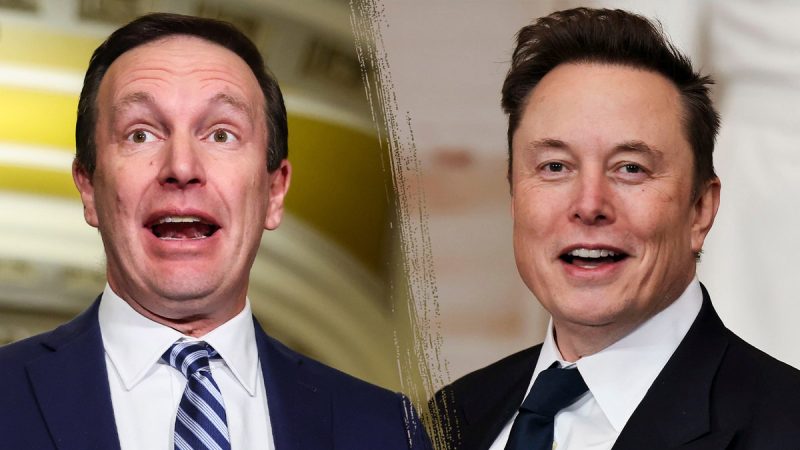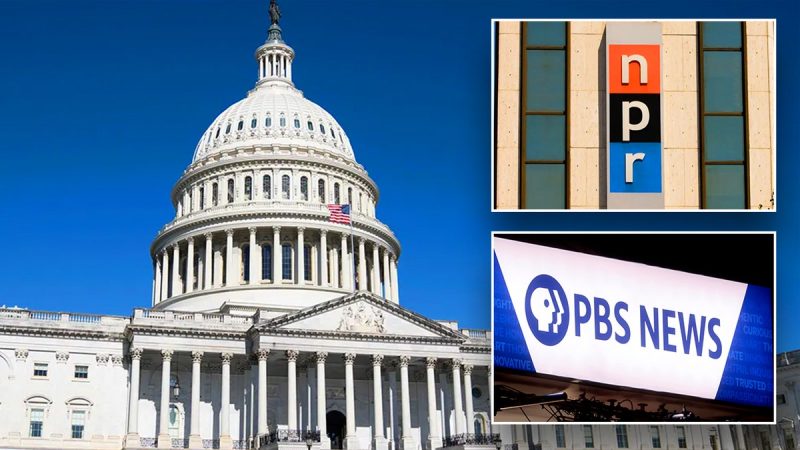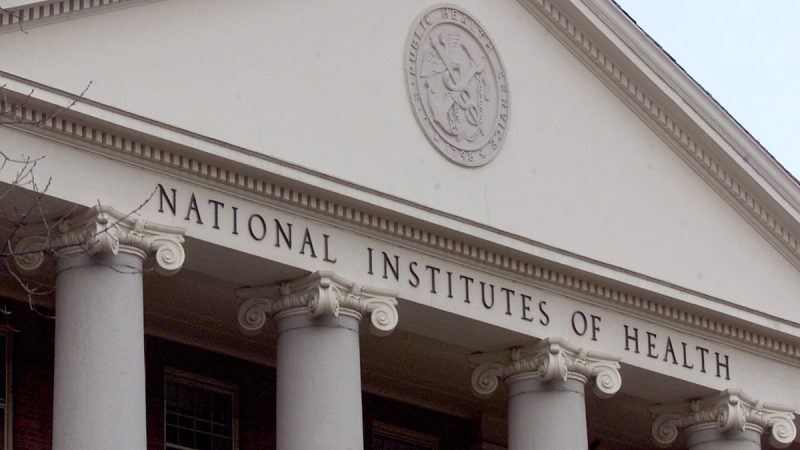
Ukraine has launched new attacks in Russia’s southern Kursk region as US President Donald Trump pushes for ceasefire talks.
The Institute for the Study of War, a US-based conflict monitor, said that Ukrainian forces launched a new series of assaults in the Kursk region on Thursday, advancing up to five kilometres (three miles) behind Russian lines southeast of Sudzha.
While it is not clear whether the attacks are aimed at seizing more territory or reinforcing Ukraine’s defensive positions, ISW analyst Angelica Evans said advances of such scale were impressive.
Kyiv surprised even its allies with its attack on Russian territory and keeps fighting in Kursk even as it faces extremely difficult situations elsewhere along the frontline.
Russia claimed on Friday that it has now taken over Toretsk, an industrial town in eastern Ukraine that has been one of the epicenters of the fight for the past six months. Ukraine has not commented on the claim, but if confirmed, the fall of Toretsk would be another strategic win for Moscow as it would bring Russian troops closer to important Ukrainian defensive positions.
At the same time, Russian troops have been inching towards Pokrovsk, a logistic hub in eastern Ukraine that has been in Russia’s sight since the summer, and Kupiansk in the north.
Some in Ukraine, including some troops fighting in Kursk and elsewhere, are questioning Kyiv spending precious resources in Russia when it is struggling to defend its own territory.
The answer likely comes down to the expectation that Trump might start pressuring Ukraine to agree to talks with Russia soon.
“There’s nothing inherently valuable about the actual land that the Ukrainians are holding in Kursk. It’s fields and settlements, they’re not threatening Kursk city or making a run on Moscow,” Evans said.
“But when we’re thinking about peace negotiation, holding Russian territory could be a critical asset for the Ukrainians when they’re thinking about bargaining for their own territory back or for other things that they might want from the Russians in future peace negotiation,” she added.
Ukraine’s military and political leaders have repeatedly said that the Kursk operation was aimed at preventing a new Russian offensive in northern Ukraine and forcing Moscow to redeploy some of its troops from elsewhere in Ukraine.
The incursion was Ukraine’s biggest strategic gain since the liberation of Kherson in November 2022 and it gave the country a major morale boost.
But this week, as Trump continued his calls for negotiations to end the war, Ukraine’s President Volodymyr Zelensky made it clear Kyiv sees Kursk as a potential bargaining chip.
Speaking on Wednesday, he called the incursion “a very important operation.”
”You will see later, when we reach a diplomatic settlement to end the war, what conditions the Russians will face with regard to the Kursk direction,” he said in his nightly address to the nation.
Trump has made it clear he wants talks between Russia and Ukraine to start “as quickly as possible.” He said that his administration is in direct contact with both Russia and Ukraine.
“We made a lot of progress on Russia, Ukraine,” Trump said. “We’ll see what happens. We’re going to stop that ridiculous war,” Trump said on Monday.
It’s been six months since Kyiv launched its surprise incursion into the Kursk region and while Russia has managed to reclaim more than half of the territory initially ceased by Kyiv, this came at a huge cost to Moscow.
The Ukrainian General Staff said Thursday that Russia lost 40,000 troops over the six months of fighting in Kursk – 16,100 of whom were killed.
“Ukrainian forces captured 909 Russian military personnel, significantly replenishing the exchange fund. This allowed hundreds of Ukrainian defenders who were in Russian prisons to return home,” the General Staff added.
The incursion marked the first time foreign troops took control of Russia’s territory since World War II – a huge embarrassment for the Russian President Vladimir Putin who has largely framed Russia’s invasion of Ukraine as means to “defend” the country.
The Ukrainian military has estimated that Russia deployed some 78,000 troops into Kursk, several times as many as Ukraine has. “These Russian forces, which include elements of elite units, are tied up and really distracted in Kursk. [Otherwise] they would more than likely be fighting on the frontlines in eastern Ukraine where they could do a lot of damage,” Evans said.
Yet despite the numerical advantage, the Russian military struggled to push the Ukrainians out of its territory and so Moscow eventually called in foreign reinforcements, deploying some 12,000 North Korean soldiers into the Kursk region.
By doing so, Putin became the first Russian leader ever to have to rely of foreign troops to liberate Russian soil, according to Evans.
She said that the strategic impact of the gains made by the Ukrainian troops deployed into Kursk were “significantly greater than these forces could have achieved defending within Ukraine.”
“The military activity isn’t going to collapse the Russian state, but the pressures that they’re putting on the Russians are things that could,” she added, saying that discontent is growing within Russia over the fact that Ukraine has been able to hold onto Russian territory for six months. “That is something that really hurts Putin’s credibility within Russia, and this vision that he’s created for himself as a defender and stabilizer.”
Speaking to the acting governor of Kursk region Alexander Khinshtein on Wednesday, Putin admitted the situation in Kursk was “very difficult.”
Yet the North Korean troops did little to help Russia regain its territory, with Russia using them mostly as foot soldiers who carry out brutal mass ground assaults that lead to huge casualties.
Ukrainian officials and Western intelligence said around 4,000 of those North Korean troops have been killed or injured. The South Korean intelligence service said earlier this week that the North Korean troops deployed to Kursk have not engaged in combat since mid-January, according to local media, confirming earlier reports by the Ukrainian military.
Evans said that Russia is struggling to repel Ukrainian forces because of Kyiv’s superior use of technology, mostly drones and electronic warfare interference technology.
This post appeared first on cnn.com
